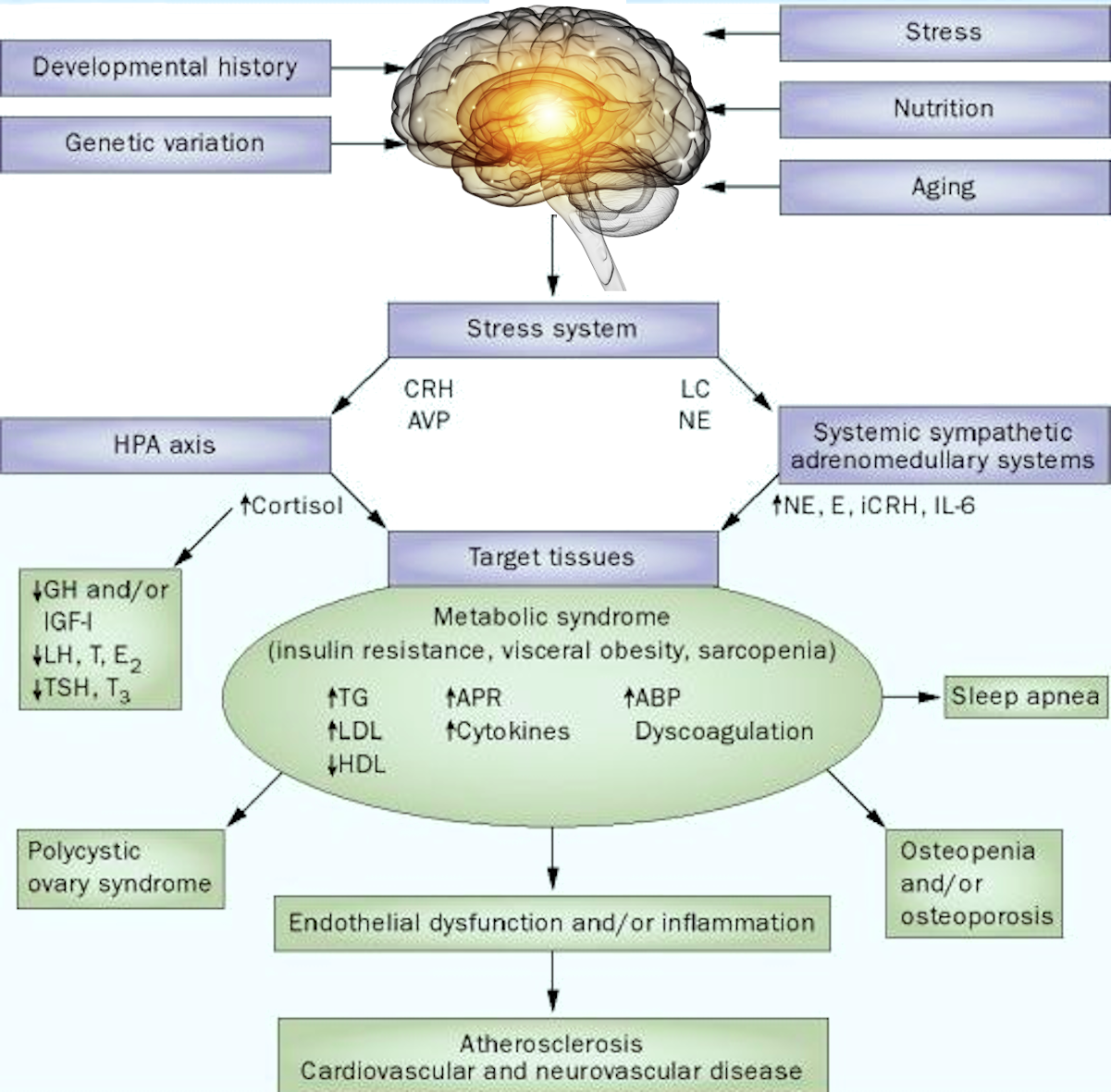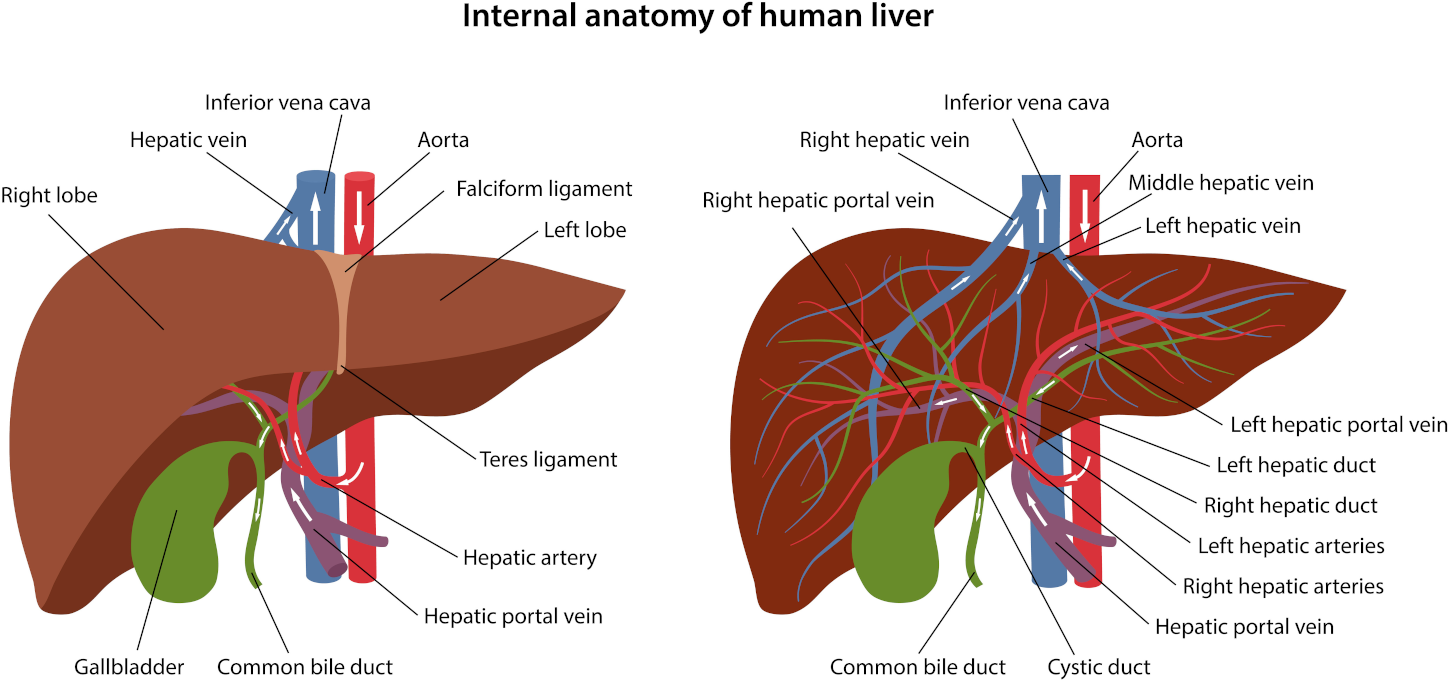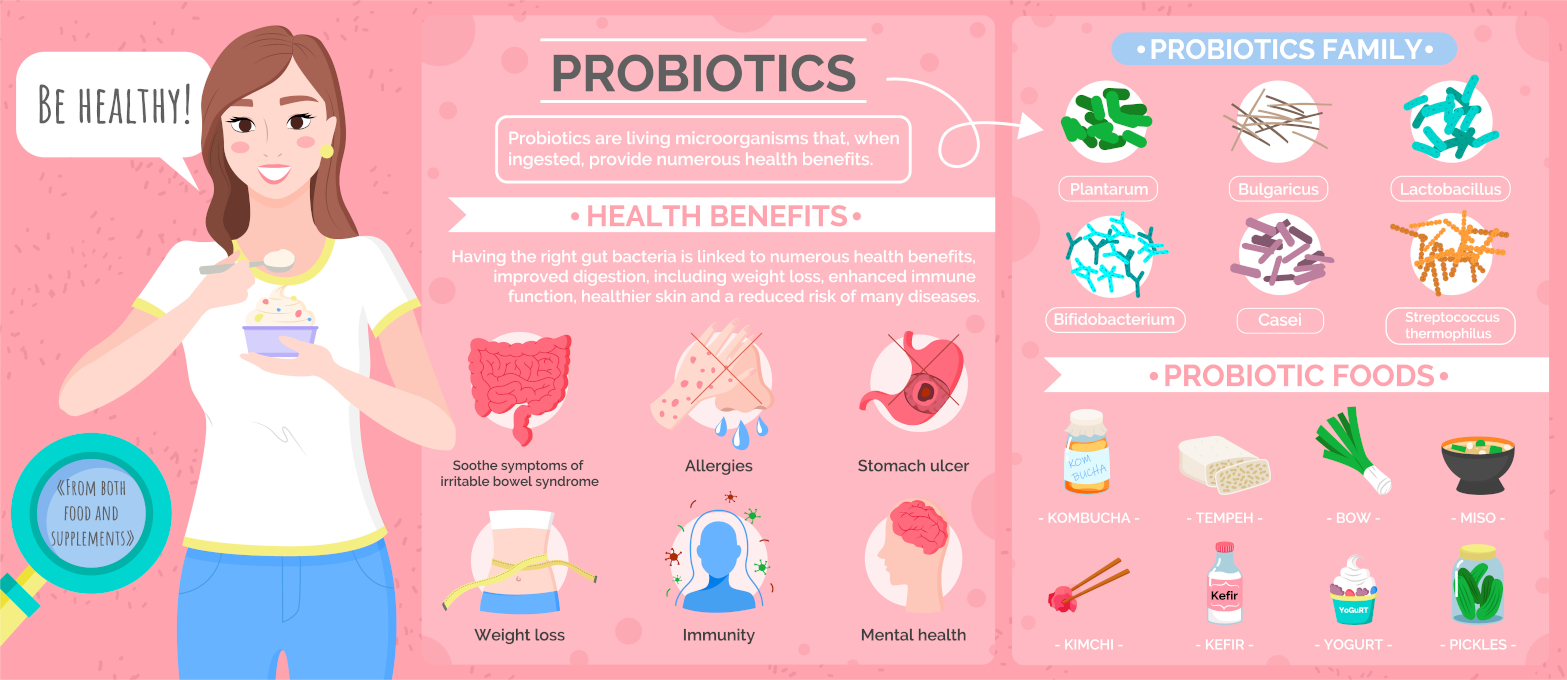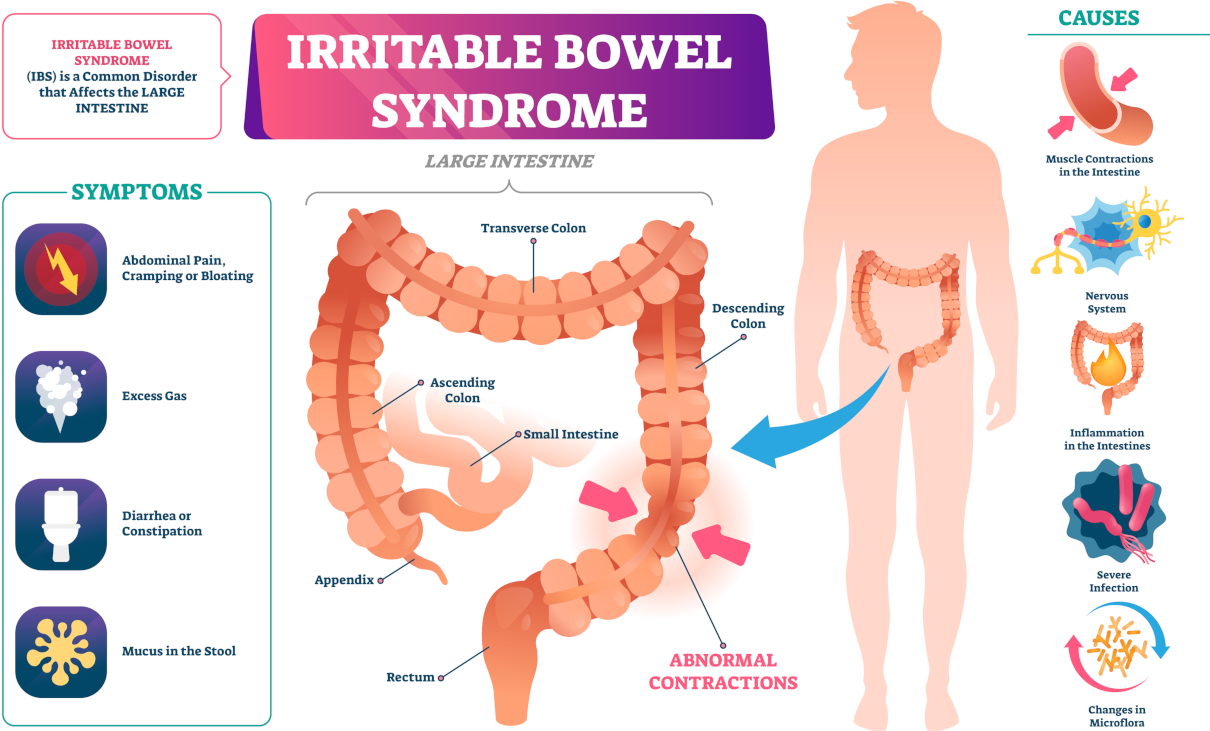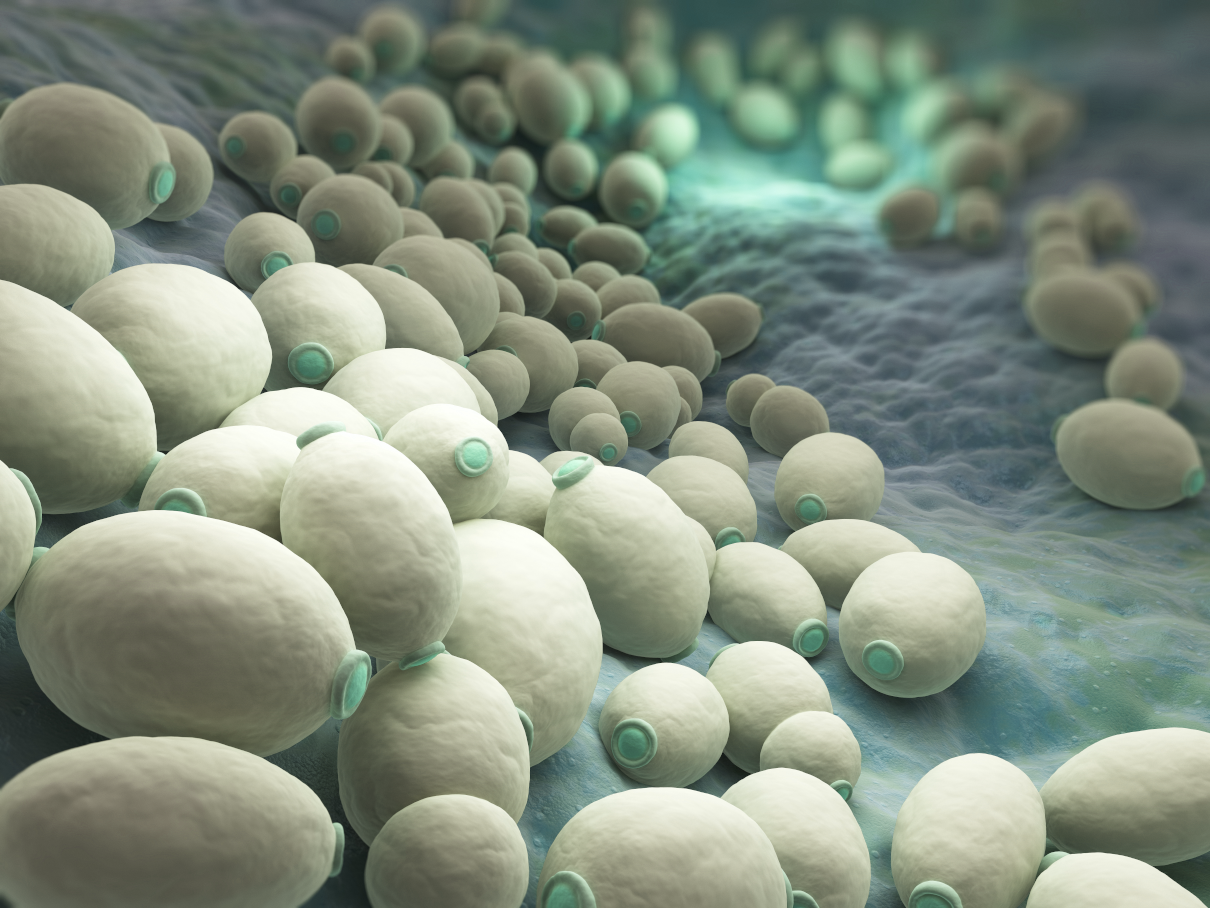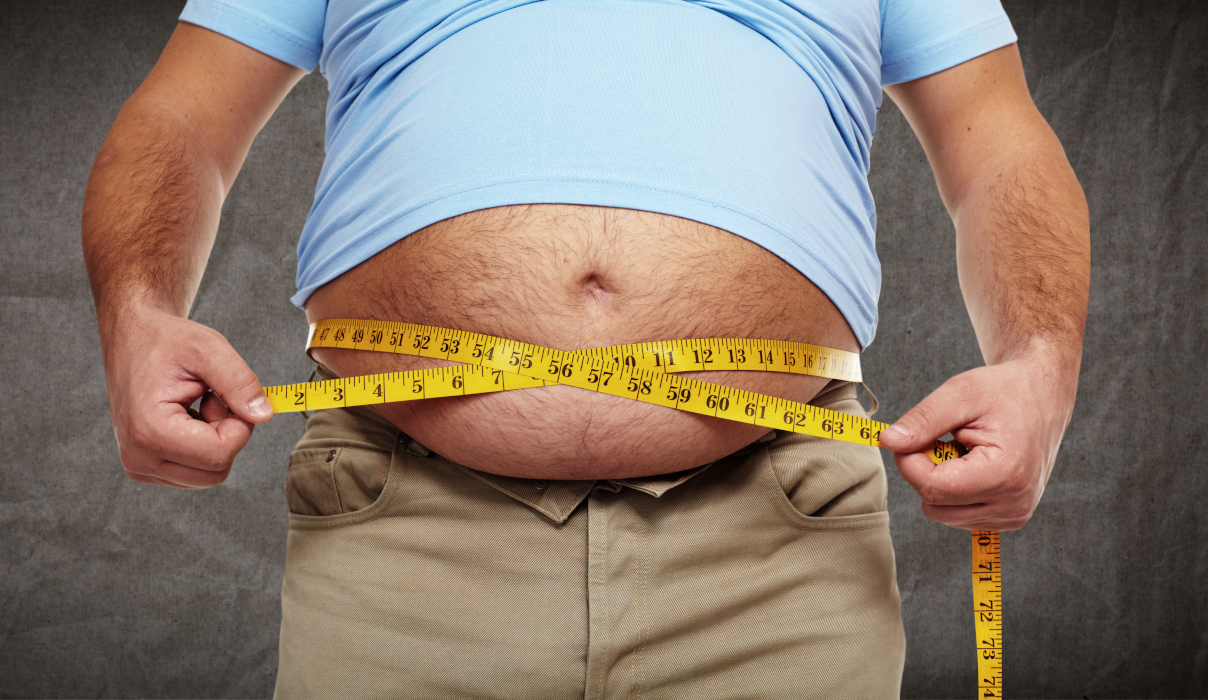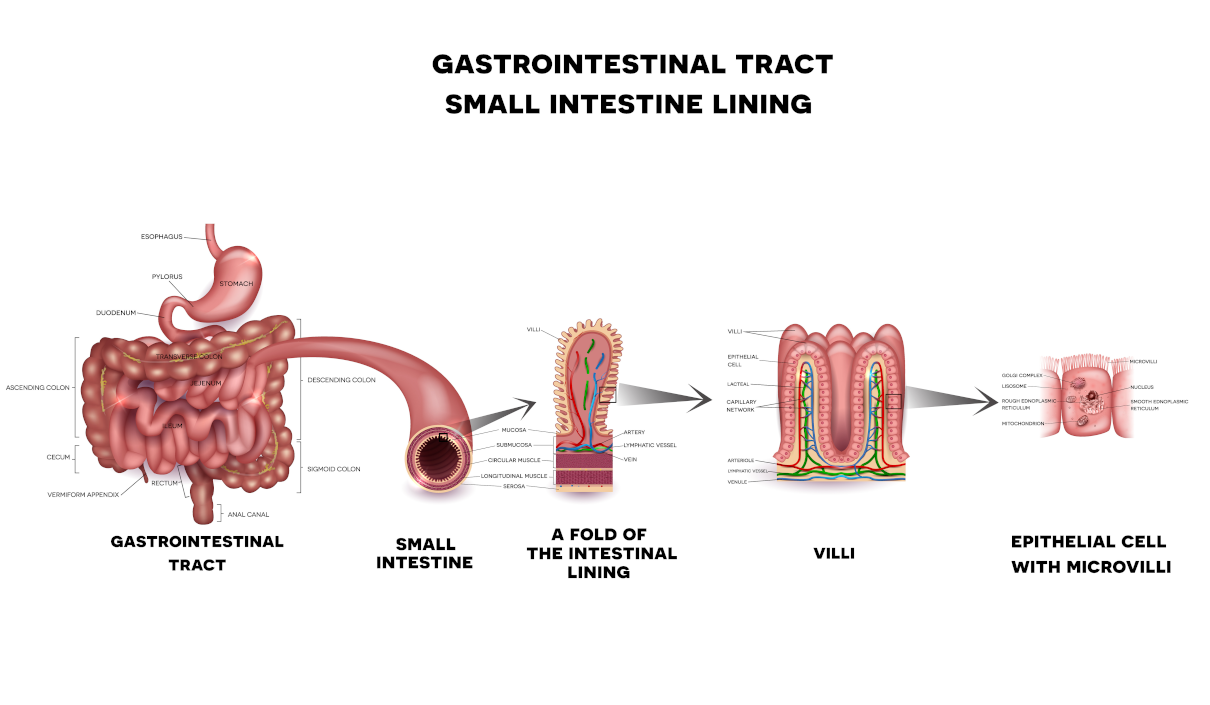
The small intestine is approximately twenty-three feet or seven meters in length. It begins at the pyloric valve of the stomach and ends at the ileocecal valve between the ileum and cecum. Besides, it has an average diameter of about one inch. Millions of fingerlike projections, also called villi, increase the inner porous surface area, where they are present throughout—likewise, the plicae circulares deep, circular folds in the intestine’s mucosa.
Peristalsis is a slow, wavelike muscular contraction that pushes chyme through the tube. Rhythmic segmentation involves circular muscle contractions at alternate points around the chyme. Thus, it helps mix the chyme and the intestinal juices. The pendular movement consists of alternating circular and longitudinal muscle contraction in the intestine, increasing the mixing of chyme and intestinal fluids.

Mini Detox PLUS – 3 colonics, minerals, herbal & probiotic implants
The ideal pattern of colonic treatments includes three alkalising colon hydrotherapy treatments with sodium bicarbonate, one anti-parasitic implant on the first treatment, one liver and gall bladder stimulating herbal implant on the second treatment, and a high-strength probiotic implant on the third colonic.
Small intestine secretion
Most digestion and absorption occur in the small intestine. The pancreatic, liver, and intestinal secretions neutralize acid chyme from the stomach into the intestine. However, the intestine’s pH continually increases from the duodenum to the ileocecal valve.
Other hormones related to digestive activities are secretin, pancreatin, enterocrinin, and cholecystokinin. As a result, chyme entering the small intestine stimulates the secretion of these hormones.
Secretin and pancreatin stimulate the secretion of pancreatic juices, enterocrinin stimulates the secretion of digestive enzymes from the small intestine, and cholecystokinin promotes both the contraction of the gallbladder and the relaxation of the sphincter of Oddi. This sphincter controls the flow of bile and pancreatic juices from the common bile duct into the duodenum.
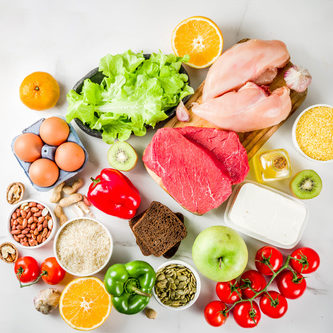
Food intolerance test of 208 ingredients
This is our most comprehensive food and drink test. It analyses your client’s IgG antibody reactions to 208 food and drink ingredients. This test will highlight their food triggers and help you formulate an IgG-guided elimination diet together.
Trypsin
The small intestine’s exocrine secretions are digestive. Enterokinase activates pancreatic trypsinogen (inactive trypsin) to proceed with protein digestion. Meanwhile, trypsin is involved in the final breakdown of amino acid chains. Weak amylase promotes the breakdown of complex sugars into disaccharides. Maltase breaks down maltose into glucose.
Sucrase breaks down lactose into glucose and galactose. Brunner’s Gland releases a final intestinal secretion. A mucous secretion protects the intestinal lining from the acid chyme. Besides their digestive and protective qualities, intestinal juices aid in transporting undigested material.



